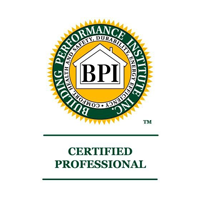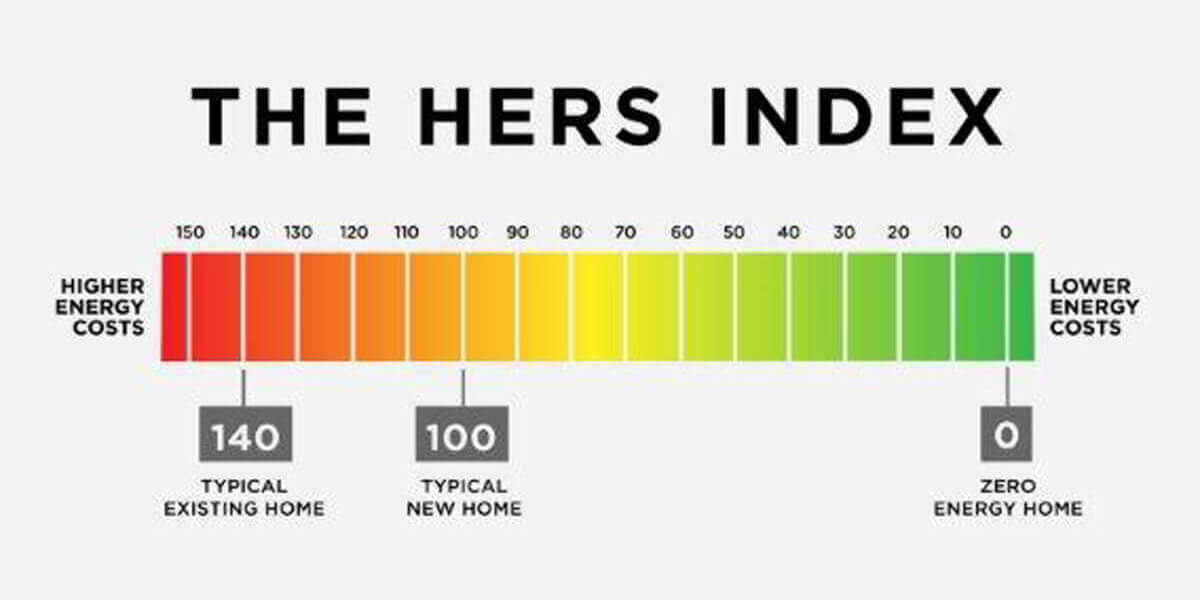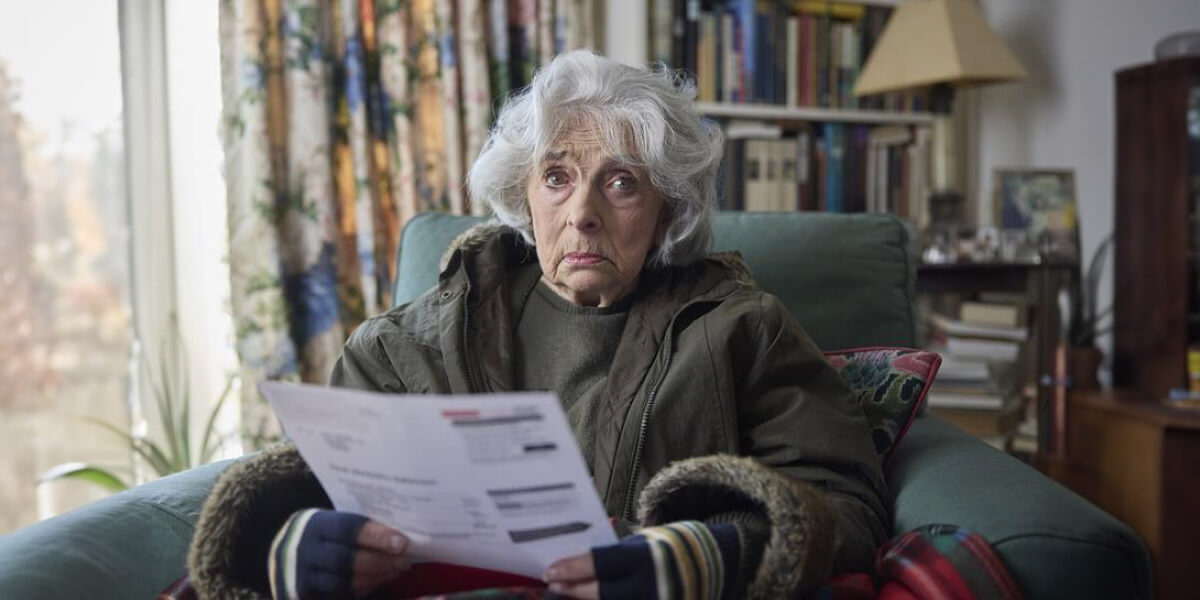As a chill moves into the fall air, your home’s temperature will drop if your home is not insulated and air sealed. Insulating keeps heat in your home throughout the approaching cool months, and air sealing stops the outside air from intruding in your home. These two processes combine to form an effective first step towards energy conservation to make your home more comfortable. Once your walls, ceilings, and floors are all filled with loose fill cellulose insulation, it’s time for the second step: installing an energy-efficient heating system.
Insulation and air sealing play an important role in lowering your annual energy bills, but installing an effective heating system will drop your bills even more. Many homeowners believe that a heating system is simply a heating system; there is not a big difference as long as the system heats the house. In reality, your heating system has a huge impact on how much energy you spend to effectively heat your home.
The cost of heating your home accounts for 35-50% of your annual energy bills. Installing an efficient heating system will lower this percentage and is the single most effective way to reduce your home’s environmental impact.
1. The first step is to decide whether you need to replace your existing system. If your system is older than 20 years, it is definitely in need of an update. Also, consider upgrading to a high-efficiency model if your heating system is one of the following:
-
- An old coal burner that was previously switched over to oil or gas
- An old gas furnace without any electric ignition—if it has a pilot light, it was probably installed before 1992, meaning that it has an efficiency of about 65% (the least efficient systems today are at 80% efficiency)
- An old gas furnace without vent dampers or without an induced draft fan—these are necessary to limit the flow of heated air up the chimney when the heating system is off.
If your furnace or boiler is 10-20 years old and you have high utility bills, it will often be more cost-effective to insulate and air seal before upgrading your system.
2. Once you decide to replace your system, find a good contractor to help you through the process. No two houses are alike, so a contractor will not be able to effectively advise a system for your home without actually visiting your home. Find a contractor who has experience in replacing high-efficiency systems specifically. Skilled heating system technicians always perform a home evaluation to determine the current heat loss and to figure out the proper size system before making a recommendation.
3. The third and last step in upgrading your heating system is to choose a new system. Explore all of your options before you decide on the best system for your home. The most common heating systems are furnaces, boilers, air source heat pumps, and ground source heat pumps. The market ranges available for these systems are: 80-98% for gas furnaces, 80-87% for oil furnaces, 80-98% for gas boilers, and 82-95% for oil boilers.
Insulating and air sealing is the most important step to a more energy-efficient home; installing a more effective heating system boosts your home’s savings even further. Like any other home improvement, upgrading your heating system requires research, and here at Dolphin we want to help you. Energy savings lower your energy bills, while reducing your home’s impact on the environment, so start your home-improvement research today.















